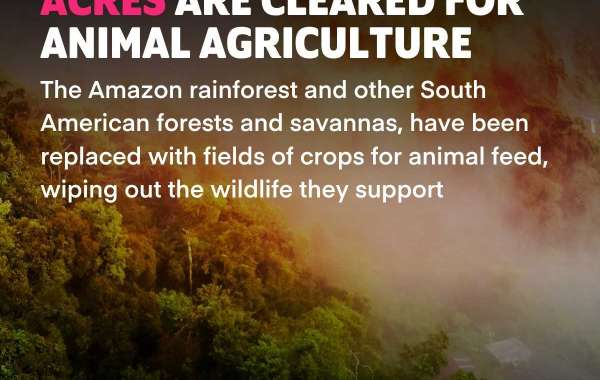Live animal export, the practice of transporting living animals across long distances for slaughter or breeding, is a widespread and controversial industry.While it contributes significantly to the economies of exporting countries, the practice raises severe animal welfare concerns. The conditions animals endure during transport and upon arrival in foreign countries often lead to immense suffering and distress. This article explores the various dimensions of live export suffering, highlighting the urgent need for reform.
One of the primary issues with live export is the prolonged and stressful journeys animals must endure. These journeys can last from several days to weeks, during which animals are confined in cramped, overcrowded conditions. Often, they are subjected to extreme temperatures, inadequate ventilation, and insufficient food and water. The stress of transport can lead to severe health problems, including dehydration, heat stress, and respiratory issues. Many animals become ill or die during the journey, and those that survive are often weakened and traumatized.
Sheep, cattle, and goats are among the most commonly exported animals, and each faces unique challenges during transport. For example, sheep are particularly vulnerable to heat stress and can suffer greatly in hot climates. Cattle, on the other hand, are often shipped on multi-deck vessels where space is severely limited, leading to injuries from trampling and crowding. The constant motion of the ship can also cause seasickness and further stress.
The suffering does not end once the animals reach their destination. Often, they are subjected to handling and slaughter practices that would be illegal in their countries of origin. In many importing countries, there are minimal animal welfare regulations, and slaughter methods can be extremely inhumane. Animals may be subjected to rough handling, prolonged periods of fear and distress, and methods of slaughter that cause significant pain and suffering, such as being killed without prior stunning.
The psychological impact of live export on animals is profound. The journey subjects them to unfamiliar and frightening environments, leading to severe anxiety and stress. Upon arrival, the harsh treatment and inhumane slaughter practices further exacerbate their suffering. The overall experience can be so traumatic that it leaves lasting psychological scars on the animals, affecting their behavior and well-being.
In addition to the direct suffering inflicted on animals, live export also raises broader ethical and environmental concerns. The industry is associated with significant carbon emissions due to the long-distance transport of animals, contributing to climate change. Moreover, the spread of diseases across borders is another serious risk, as animals can carry infectious diseases that may affect local livestock populations and even human health.
Public awareness and concern about live export suffering have been growing in recent years, leading to calls for stricter regulations and, in some cases, outright bans on the practice. Several countries have taken steps to improve the welfare of animals during transport, such as implementing stricter welfare standards and monitoring systems. However, these measures often fall short of addressing the root causes of the problem.
Ultimately, the most effective solution to end live export suffering is to transition to more humane and sustainable alternatives. One such alternative is the export of chilled or frozen meat rather than live animals. This approach not only eliminates the need for long and stressful journeys but also allows for more controlled and humane slaughter practices in the animals' country of origin. Additionally, investing in local slaughter facilities can help reduce the demand for live exports while supporting local economies.
In conclusion, live export suffering on animals, from the stressful journeys to the inhumane treatment and slaughter practices they endure upon arrival. Addressing this issue requires a combination of stricter regulations, improved welfare standards, and a shift towards more sustainable and humane alternatives. By taking these steps, we can reduce the cruelty associated with live export and promote better treatment of animals worldwide.







